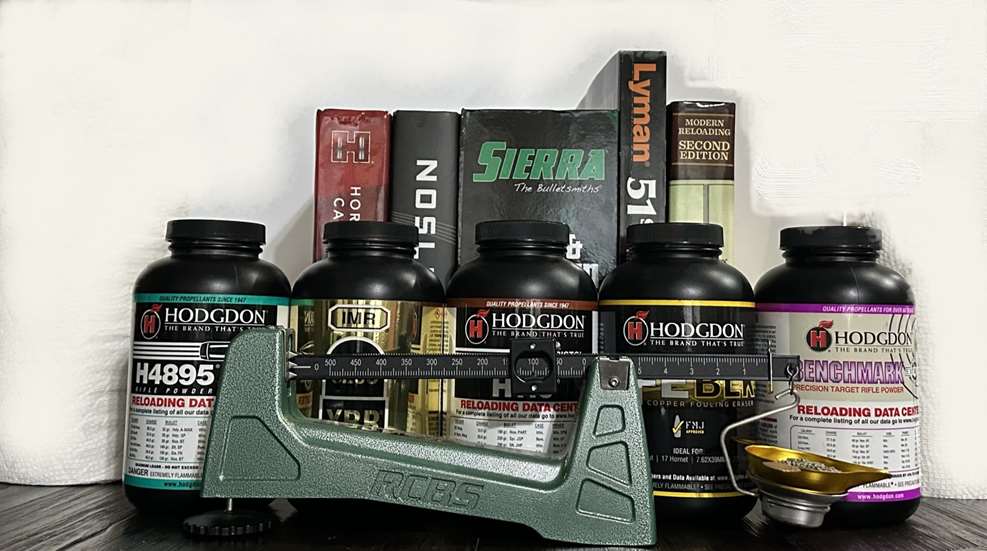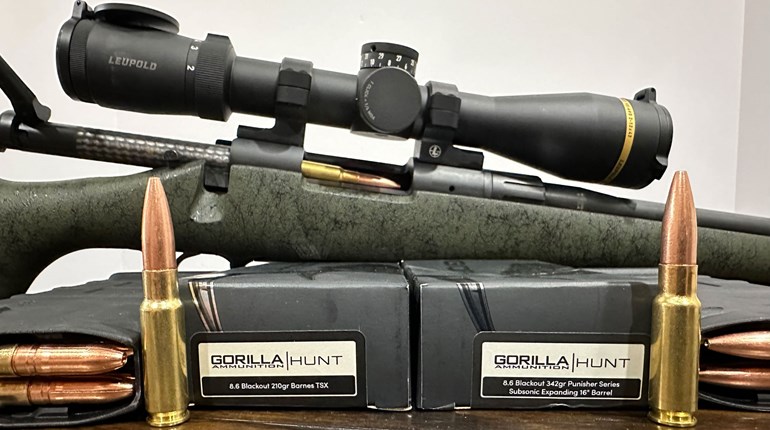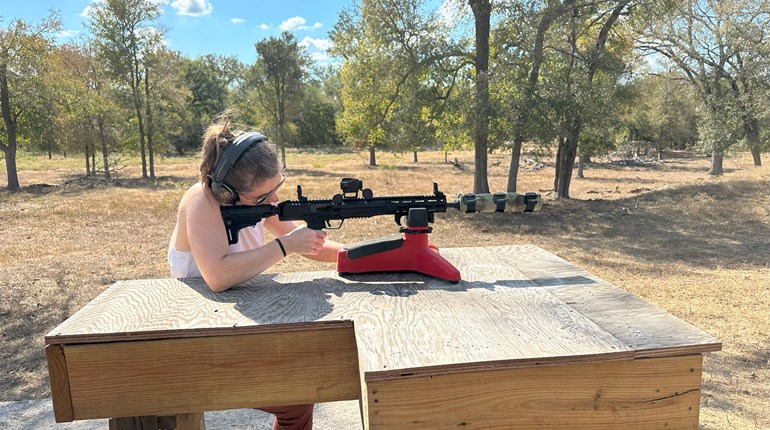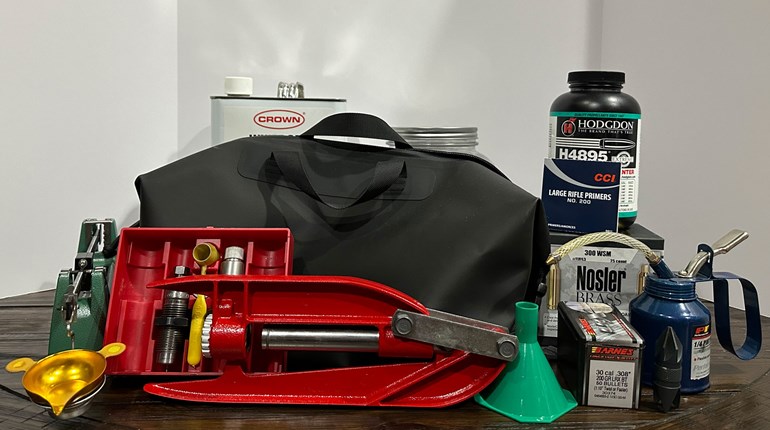
In this scenario, "reloading" means recycling your brass casings to create new-to-you ammunition. Sometimes we also call it "handloading."
For the uninitiated, handloading can seem complicated at best, but once you get the idea, it’s not too difficult to pick up and learn yourself. However, it's important to be realistic with your expectations, so here are some big misconceptions about handloading ammunition. there are a few things to be aware of before you decide you want to make the jump and start making your own ammo. Here are five common misconceptions about how the whole thing works.
1. Getting Granular
When some people see gunpowder for the first time and I mention a powder charge to them, they default to thinking one granule of powder is equal to one grain. I can’t say I blame them (I had the same misconception when I was learning the ropes); one would think that when something of similar size to a granule of gunpowder, like rice or sand, is referenced in its singular form, it would be a “grain” of rice or sand. However, in reloading terms, a “grain” is an actual unit of measurement for weight, which equates to 1/7000 of a pound, or 0.002285714 ounces to be exact. (This is why bullet weights can also be measured in grains!)
This unit of measurement is crucial, as some reloading recipes take into account tenths of grains, or 0.0002285714 ounces (move the decimal to the left, adding a zero). While these numbers can seem overwhelming, once the term is understood and some of the math is taken out of the equation, the “grain” metric is incredibly easy to grasp, and makes for simple comparisons between cartridges and powders as one progresses down the reloading rabbit hole.
2. Feel the Burn
Not all gun powders are created equal. For starters, there is a major difference between black powder--the powder used in most muskets and old-school revolvers that was simply poured down the barrel--and modern “smokeless” powder. The former literally explodes while the latter technically “burns.” It just burns extremely fast (and yes, it still smokes, but not nearly like black powder does). Some cartridges can use both powders to an extent, like the classic .45-70 lever action cartridge. But nearly all cartridges designed after the turn of the 20th century use smokeless powders.
Smokeless powders “burn” at slightly different “burn rates,” meaning the powders combust faster or slower, which changes how pressures behave in the cartridge. These pressure differences are why different powders can be used in varying charge weights (grains as mentioned above), and are better suited for different cartridges and barrel lengths. In short, one shouldn’t just pick a random powder and load it up in whatever cartridge they have on hand and want to load for.
This is why reloading manuals exist; the companies giving that data already did the work based on science for you, so there’s no reason to take the risk. Do some research using a couple different manuals, and then base any powder and charge selections off that data. For reference, reloading manuals and burn charts can be found online; Hodgdon, Barnes and Nosler offer some free reloading data online, while Hornady, Sierra, Speer, Lee, Lyman and others have printed manuals available for purchase.
3. Velocity Freaks
Many times, even in my own articles, I’ve talked about the ability to push cartridges past what’s possible with factory ammo by reloading; this is often done by specific powders with specific burn rates relative to the cartridge and the barrel length on the gun shooting that cartridge. While that’s true some of the time, keep in mind, if you’ve got a mind like Roy Weatherby and think speed is the end all, be all of ballistics, reloading can help, but it’s not going to get you exponentially more feet per second on the chronograph (a tool to measure bullet velocity). For that to work, you’d need to break the laws of physics, or create unsafe degrees of pressure. The former can’t happen, and if you value your life and limbs, the latter should be avoided at all costs (reloaders should be VERY aware of pressure signs).
That’s actually why entirely new cases--like Roy Weatherby’s renowned Weatherby Magnum cartridges--were designed. People like Weatherby knew that propellants alone wouldn’t yield unheard-of bullet velocities, so cartridges were made bigger to fit more powder, and longer barrels were added to make use of all the extra powder inside those cases. But even in the Weatherby cartridge family, or in newer cartridges like Nosler’s lineup or Hornady’s new PRC group, you won’t gain hundreds of feet per second over the factory ammo just by handloading. Furthermore, bullet design has far more of a bearing than speed; if the ballistic coefficient of a bullet can be increased significantly, the trajectory can and will flatten out, so there’s no need to increase velocity to dangerous pressure levels.
4. Accuracy Aficionados
Another assumption is that reloading ammo will make it more accurate. Again, this can be the case, but it doesn’t mean it will. A lot more goes into making a rifle/ammo combo accurate than being able to mix and match reloading components and poof--accuracy achieved. Barrel length, twist rate, chamber tolerances, bullet weight, powder type and charge weight, bullet seating depth … simply toying with reloading components won’t make a rifle more or less accurate by default. For example, the handload that my Kimber Montana in .300 WSM is fantastic for that specific gun; it shoots under an inch at 250 yards (I once put three rounds touching at that distance with this load). But that doesn’t mean any other .300 WSM rifle will shoot that load well, and I tinkered with several different combinations before I found it.
My dad has a Kimber Montana in .325 WSM. The same rifle model with the same length barrel and twist rate, shooting the same bullet weight from the same bullet manufacturer, and it groups about an inch at 100 yards, and after all the experimenting he’s done, that’s as good as he’s gotten it to shoot. Sometimes, factory ammo will even outdo handloads. My uncle had a .22-250 Rem. 700, and no load would come close to the accuracy he got from basic Remington ammo, which shot dime-sized groups at 100 yards all day long.
5. Cost-Cutters
This is another instance of can versus actually will; reloading can save you money, sure, if you’re frugal about how you reload. Using minimal powder charges to make your powder and brass last, and buying cheaper bullets with cup-and-core designs and flat bases, and forgoing monolithic bullets or match bullets with high BC values will save you money, which will compound over time. But those more budget-friendly loads already come in many factory offerings, and your time is also worth something. Plus, most people handload specifically because they want to shoot combinations not available from the factory, which typically means spending more on specific components to get what you really want.
There's just one last big theory around those of us who reload, and it's that we're obsessed. This is no myth; once you get started, you will be too!







































